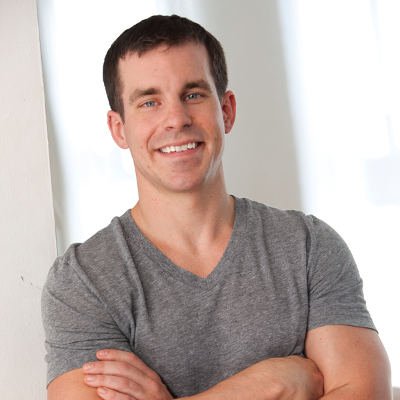.jpg?sfvrsn=d4c9aa75_0)
Clients of every population present specific challenges, and the active aging population is no different.
As the body ages muscles can become stiff, both muscle and bone density can deteriorate and clients may experience difficulty with balance and motor control. So how best to safely approach an exercise program for an aging client?
We asked Merrithew® Instructor Trainer, Exercise Science PhD candidate and licensed massage therapist Tim Fleisher to share his insights into working with aging clients below.
Let them move
I have had clients in their 70’s who move with better quality in certain positions than elite athletes I work with. Remember that “motion is lotion” for the bones and cartilage, so if the client can move and can perform the prescribed exercises with quality, continue doing that. Do not let the age of your client hold you back regarding your programming.
 Tim Fleisher
Tim Fleisher
Keep the hands busy
One issue that the older population faces is decreased bone mineral density. Compression helps stimulate much-needed osteoblast (bone-growing cells) activity. This does not mean just jumping up and down, but holding toning balls, lifting weights with quality form and supporting body weight. It also might mean jumping on the Cardio-Tramp™ Rebounder or Jumpboard but make sure that the client can absorb shock efficiently (i.e. jump softly).
Work on coordination
As we age, one of the main struggles we may have is with motor control. Continuing to challenge your clients with cognitive focus and proprioceptive challenge is crucial. This goes for any age, but it is vital to the older client. Things like doing a Toning Ball Chest Press during Footwork or a Chest Fly can be effective. Utilizing motor control principles through unilateral movements can be effective, so the brain can effectively give all its attention to one side of the body. An example of this would be performing bicep curls on the Cadillac with one arm.
Work on respiratory mechanics
I had one older client who really struggled to control his breathing. I placed my hands on his ribs and we worked on long exhales and directional breathing for several sessions until he was able to get the hang of it. This may not only be a focal point for older participants, but might be effective for ALL participants.
Focus on the coronal plane
Gait-patterning may change as we get older, causing the abductors to be tight and compromised. Side-lying work with the springs on the Cadillac can be helpful for this. If the client can perform a Shell Stretch and shift from side to side, this may help them increase passive internal/external rotation at the hip. If they cannot adequately lift the leg without dominating through the QL or hip flexors, try working the client in a round back (flexed) position from a standing position and have them bend one knee while shifting the hip up and down. This will allow them to work the abductors with the abdominals and inhibit muscles like the hip flexors and anterior QL.